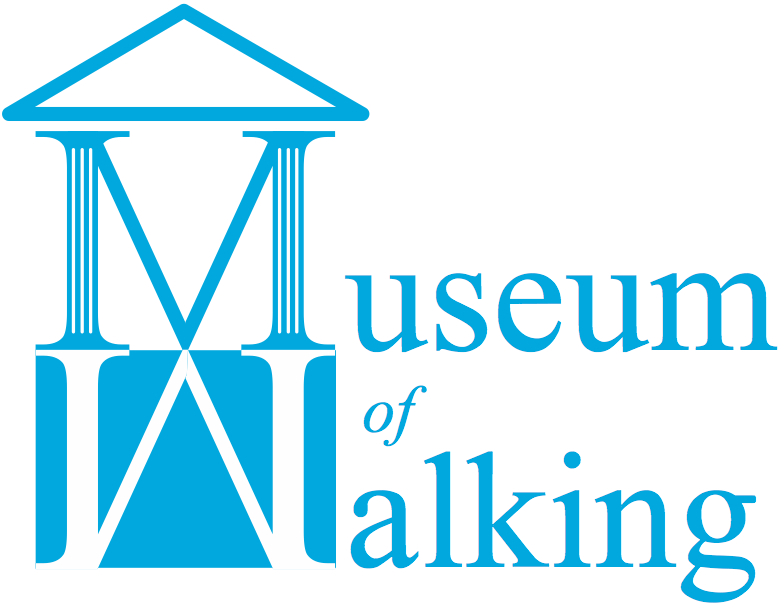Date/Time
Date(s) - 08/02/2007
5:30 pm - 7:30 pm
Location
Royal Commonwealth Society,
Where is the Soft City Now?
”We need – more urgently than architectural utopias, ingenious traffic disposal systems, or ecological programmes – to comprehend the nature of citizenship, to make a serious imaginative assessment of that special relationship between the self and the city; its unique plasticity, its privacy and freedom”. – Jonathan Raban, Soft City
Jonathan Raban’s soft city is the malleable material from which identity is formed. “It invites you to remake it, to consolidate it into a shape you can live in . . . Decide who you are, and the city will again assume a fixed form around you.” This soft city is the mythic city, where illusion, dream, aspiration, and nightmare are all fixed into place; it comes into focus as it is passed through and acted upon by an individual or a collective.
We are hard at work, however, banishing the mythic city. We have become immensely savvy about manipulating human dreams, and this manifests itself not just in the media and advertising, but in the construction of public space, the public realm, and ultimately, the public sphere. The city centre, now the preserve of the elite, has been given over to “authenticity” and delivered only to those few who can afford it. Imagination has been replaced by ‘Imagineering’. Great sums of money are spent to calculate people’s desires, leading to the creation of carefully controlled environments that focus on retail or business, not people. In direct opposition to the Situationist maxim, we are primarily engaged with constructing the city as a torpid pleasure-dome of leisure and consumption rather than a stimulating playground of action and invention.
Re-inhabiting the mythic city and making it safe again for dreamers is a process of both recognising and maintaining those qualities of urban spaces and life that city dwellers value. The stresses and fears of the city are as much a part of that experience, as much a part of that necessary dream world that they must also be maintained. The univocality and controlled nature of so many of today’s designed urban spaces is a distinct threat not only to cherished ways of life in the city but to the life of the mind and the life of dreams.
‘Fictions’ that people create in their immediate environments are organisers for everyday life in the city. These de Certeauian figures of pedestrian rhetoric may be consulted to inform representation and to create new paradigms for the design of urban spaces that are generated from these methods. A city as a realm of the imagination, a theatre of dreams, might be fashioned amidst the brick and mortar of what we have already.
The great task ahead in urban design is the acceptance and celebration of the city as it is and the identification and utilisation of those traits that make it so. In the words of Katherine Shonfield, an admirer of Raban’s Soft City, “It is possible that our epoch’s best dream of the future yet-to-come may involve, more than anything, a new conception of what we already have, but don’t yet know.”
“Conversations on Future Lifestyles”: Talk it Through, Make it Happen.
Rethinking Cities Ltd. host “Conversations on Future Lifestyles”, a series of thought-provoking, inspiring and creative discussions on lifestyles and their impact on urban living. Such a Conversation is an opportunity to meet fellow professionals, to share opinions, and contribute to interesting debates on topical issues. Collective problem solving. A briefing paper is distributed to participants one week before the conversation and a guest speaker is invited to introduce the topic.
Conversations take place early in an evening, at a convenient central London location, approximately once a quarter, and last for between 50 and 90 minutes. They are hosted by an experienced facilitator, and participation is limited to ten people, ensuring intimacy and an opportunity for everyone to have a chance to contribute.
“Wise people like Raban (author of Soft City) learn things about cities and communicate them, but then are more or less forgotten. Revisiting them is a real service, and the Conversation was very stimulating, to me at least. The Homes & Communities Academy should fund you to hold hundreds of Conversations, as an alternative to reinventing the wheel.” Rob Cowan, former Director of the Urban Design Group
For each Conversation, a briefing paper is written by the person introducing the topic.
